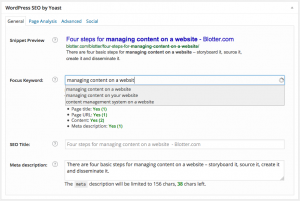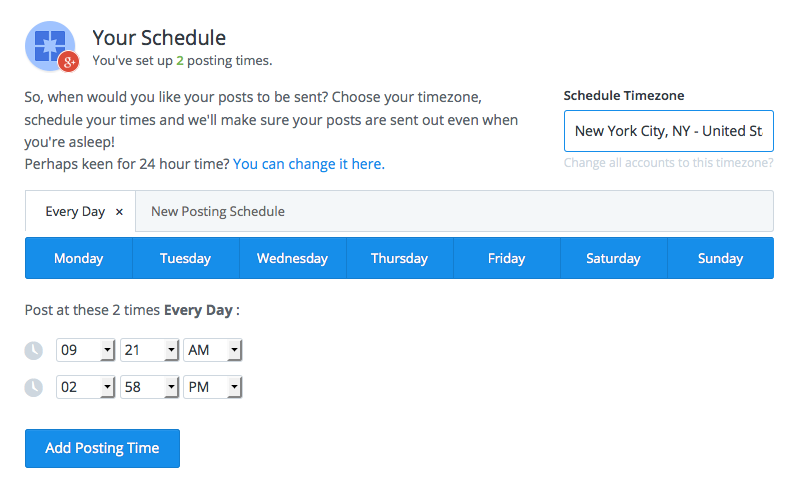Independent businesses are constantly trying to find the time to streamline what they’re doing and reduce their bottom line expenses. By using handyman business software, a handymen can offer their services with efficiency so that he can manage his jobs more quickly and effectively.
Who are today’s Handyman Businesses?
 A person skilled at a wide range of repairs in office buildings, residences and retail spaces knows that odd jobs and fix-up tasks can include everything from light plumbing to electric jobs. What makes the handyman unique is their ability to get the job done fairly and effectively – without having to call in high-expense specialists. Their customers know that a skilled handyman might be called to remodel a room, help with installations, assemble projects or other work that is otherwise not something the customer wants to do him or herself. Available estimates put the market for home-maintenance and repair at more than $126 billion per year and increasing 4% annually. Because more than half of American homes are older than 25 years, the demand for efficient and effective handymen is growing hand over fist. The number of independent operators and franchise businesses are growing in the United States. That competition means it’s important to have effective technology for managing a handyman business.
A person skilled at a wide range of repairs in office buildings, residences and retail spaces knows that odd jobs and fix-up tasks can include everything from light plumbing to electric jobs. What makes the handyman unique is their ability to get the job done fairly and effectively – without having to call in high-expense specialists. Their customers know that a skilled handyman might be called to remodel a room, help with installations, assemble projects or other work that is otherwise not something the customer wants to do him or herself. Available estimates put the market for home-maintenance and repair at more than $126 billion per year and increasing 4% annually. Because more than half of American homes are older than 25 years, the demand for efficient and effective handymen is growing hand over fist. The number of independent operators and franchise businesses are growing in the United States. That competition means it’s important to have effective technology for managing a handyman business.
What technology tools can help today’s growing Handyman Business?
Because quality of work, safety, liability, cost, efficiency and dependability are the major strengths of any good small business, handyman business software should cover 10 touchstones for this type of business:
- Scheduling Functionality – Know when and where to dispatch services for customers. A good calendar solution should provide multiple options for viewing employee activity, weekly dispatch notes, availability and more. An ideal solution offers integrated mapping options for locating clients and tracking employees onsite.
- Customer Relationship Functionality – Manage all information regarding customers and sales prospects, including contact information, print and email mail campaigns, pop-up alarms and reminders for sales prospects, and thorough account transactions for customers.
 Estimation Functionality – Create customer quotes that are based on parameters defined by custom settings such as per square foot or percentages. These estimates should be easily emailed, printed or faxed to customers.
Estimation Functionality – Create customer quotes that are based on parameters defined by custom settings such as per square foot or percentages. These estimates should be easily emailed, printed or faxed to customers.- Employee/Team Information Management – Manage employees so that you know where they are, what jobs they are assigned, payroll data including hourly and overtime rates, and employee skills and certifications. Group employees into teams and manage them on the fly with the right software.
- Cloud Solution for Mobile Devices – The most powerful and vital tool of any successful service business should be available on-the-go as well as at your desk. Key to a good scheduling management software is the ability to use the platform on a mobile phone or tablet – because readiness is key. One innovative solution to consider is Web Express, an online version of traditional Scheduling Manager software that allows employees to manage scheduling while in the field.
- Service Categorization and Pricing Functionality – Track and manage the different jobs provided while running analytics and reports to ensure that optimal pricing reflects the trends.
- Payroll Functionality – A good solution needs to make payroll easy and dependable. Payroll should be automatically recorded when jobs are completed, and hourly pay, overtime, per-job and commission settings are needed. By integrating with popular programs such as QuickBooks or other platforms, the software allows for dynamic integrations.

- Inventory Functionality – Tracking items that are in or out of stock is often done manually, but a good manager knows this aspect of business must be highly automated using software that allows for flexibility and thorough tracking. Set automatic threshold warnings and receive alerts when stock runs low.
- Payment Processing Functionality – Once the job is complete, now comes the task of ensuring customers are invoiced and make payment in a timely manner. Be sure the software offers solutions for credit card transactions, checks and money orders.
Handyman business software responds to the needs of this unique business. One day a handyman might be asked to hang pictures or a flat-screen television while the next day he might have a technical wiring project. No matter what the job – woodwork, painting and decorating, plumbing, electrical work, doors and locks – handymen can accelerate revenues by adopting efficiencies through available technologies. Finding a handyman business software solution supports the core business of getting it done.










 Experience helps us to understand what each domain name registrar offers. Our focus on five popular domain name registrars may help you choose the best answer to this prevailing question: Are domain registrars worse than hookers?
Experience helps us to understand what each domain name registrar offers. Our focus on five popular domain name registrars may help you choose the best answer to this prevailing question: Are domain registrars worse than hookers?






